Science Mugs
The new science mugs arrived at Técnico’s store, with some of the most symbolic images of the diversity of research carried out at our School. Science images captured by Técnico researchers and used as part of their work. Black holes, plasmas, crystals, robots and much more. A Communication, Image and Marketing Division project in collaboration with the group ComunicaCiência.
Buraco negro | Rodrigo Vicente
How would we see a black hole if it were moving head-on towards us at enormous speed amid electromagnetic radiation? The answer is in this image, a simulation by Rodrigo Vicente and Vítor Cardoso (Técnico / CENTRA). They wanted to understand in detail how black holes interact with matter and radiation around them, so that they can use gravitational wave observations and black hole images to study the environment of these objects. The colors in the image represent the intensity of energy flux through a screen placed at some distance from the black hole and result from numerical calculations using Einstein’s theory of general relativity.
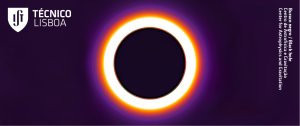
Copper and nickel nanofoam for green hydrogen production | Fátima Montemor
It looks like a Van Gogh painting, but it is actually a metallic foam, based on copper, with electrocatalytic properties that can be exploited for the production of hydrogen or for the conversion of carbon dioxide into chemical compounds used in manufacture of countless products of our day to day. It was registered by Sónia Eugénio, at the research group led by Fátima Montemor (in the photo), professor and researcher at Técnico / Centro de Química Estrutural (CQE).
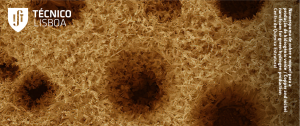
iCub Robot Chico | José Santos-Victor
Created to recognize the surrounding environment, identify human faces, or even manipulate small objects, the humanoid robot nicknamed “Chico” was designed to resemble a child, both in appearance and in capabilities. This robot from the Instituto de Sistemas e Robótica de Lisboa, a robotic “offspring” by José Santos-Victor (Técnico / ISR – Lisboa) is an open technology platform and one of the 15 that exist worldwide, which allows it to be globally one of the most sophisticated in the whole world.
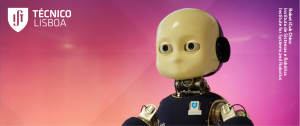
Nickel and cobalt dendrite to store energy | Sónia Eugénio
In this image, which resembles a crystal flower, we can see metallic nickel-based dendrites, with a high surface area, that allow electrical energy to be stored. They were developed in a Técnico laboratory and later used in the manufacture of electrodes for energy storage devices. These dendrites, registered by Sónia Eugénio (Centro de Química Estrutural, CQE) were at the origin of the development of a commercial device manufactured by C2C Newcap, a Técnico spin-off.

Plasma shock | Samuel Martins
This image looks like ocean waves, but it actually represents a numerical simulation on a supercomputer of a shock wave similar to gamma-ray bursts or supernovae, which move at nearly the speed of light. In our everyday life, the closest shock waves are the lound “bangs” from planes traveling at speeds greater than the speed of sound. This image by Samuel Martins, at the time PhD student at Técnico/IPFN, now Senior Director at Microsoft, represents the first numerical simulations of this type of shock ever carried out. It helped to demonstrate for the first time a process called Fermi ion acceleration, which is thought to be responsible for the acceleration of cosmic rays – the most energetic particles in the universe.
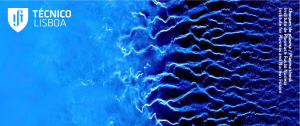
Paracetamol in polarized light | Hermínio Diogo
This photomicrograph (microscopic photograph) represents the crystallization of paracetamol, performed in a polarized light thermomicroscopy. The technique, applied here by Hermínio Diogo (Técnico / CQE), is widely used for the characterization of materials in a wide range of temperatures, many of them crystalline. The thermodynamic study involving active ingredients of many drugs is an important area in pharmacology.
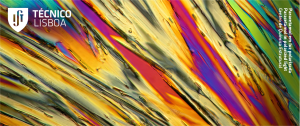
Orders to: loja@tecnico.ulisboa.pt
Técnico’s Store
(Location: at the main entrance of the Central Building)